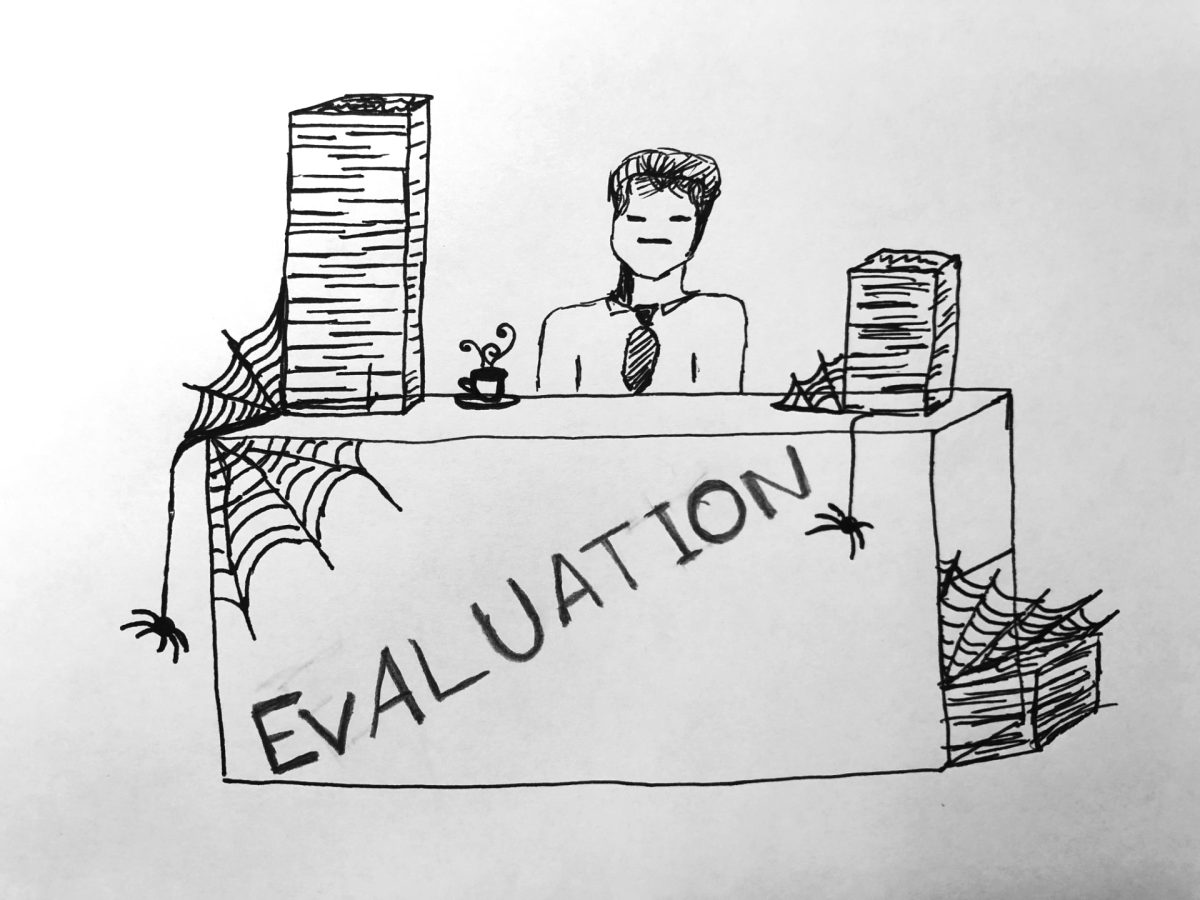Our dams are in dire need of fixing
November 12, 2019
The only type of crashing water we like to see is in the form of waves on the shore of whatever beach our family is visiting for summer vacation.
So why is there such an issue in the United States right now where there are thousands of dams across the country that are prone to be broken by the force of such huge buildups of water that can threaten entire communities?
The Associated Press reported Sunday that a review of federal data and reports identified 1,688 high-hazard dams rated in poor or unsatisfactory condition as of last year in 44 states and Puerto Rico.
The United States government needs to take immediate action to make dams across the country safer because of the high risk potential weak dams present.
In the country, there are more than 90,000 dams, and on average, the nation’s dams are over a half-century old.
That means that, according to Mark Ogden, a former Ohio dam safety official, many dams that are considered safe may be deficient by current safety standards.
Given the dangers of a crashing tide of water and debris that could result from a dam that bursts, there needs to be more action taken to keep our communities safe.
On top of that, there are some people who may live by themselves near dams, and as it stands right now, we should not forget about those people.
Yes, a person could have chosen to live near a dam, but they expect that the people who made the dam made it in a way that would protect those near it.
But, there lies the issue: The Associated Press reported that most U.S. dams are privately owned. In fact, 56.4 percent of dams are privately owned, according to FEMA.
This privately owned infrastructure brings to mind a similar situation with prisons being privately owned (a whole different issue), but the same argument made in the private prison situation should apply to this situation: Something this important should not be privately owned where they cannot be regulated for the better of the public.
Considering the sheer amount of capital needed to repair, or much less build, a dam, some dam owners may not be able to afford repairs.
This is a problem that requires immediate and vast action, as the Associated Press reported that the Association of State Dam Safety Officials estimated it would take more than $70 billion to repair and modernize the nation’s dams.
If owners cannot afford to pay these costs, the government should be able to step in and require action to be taken.
This begs the question: Does the government put the safety of its citizens or the freedom of the capitalist market in higher priority?
To ensure our safety, the government needs to take some action.
The government has a direct hand in building and fixing roads, bridges and other infrastructure, so dams need to be in that group as well because there is potential for many lives to be put at risk due to those in power not doing enough to protect them.
Dillan Schorfheide is a senior journalism major. He can be reached at 581-2812 or dtschorf[email protected].















































